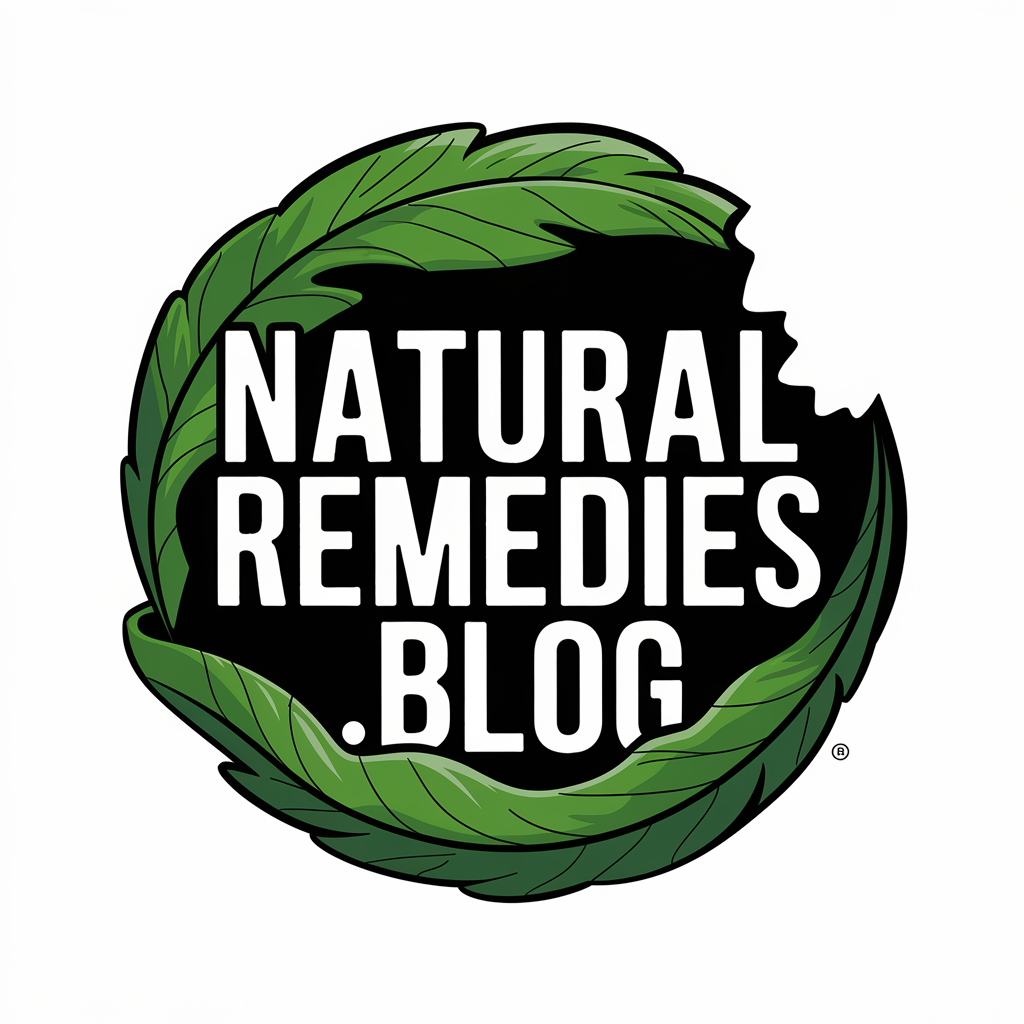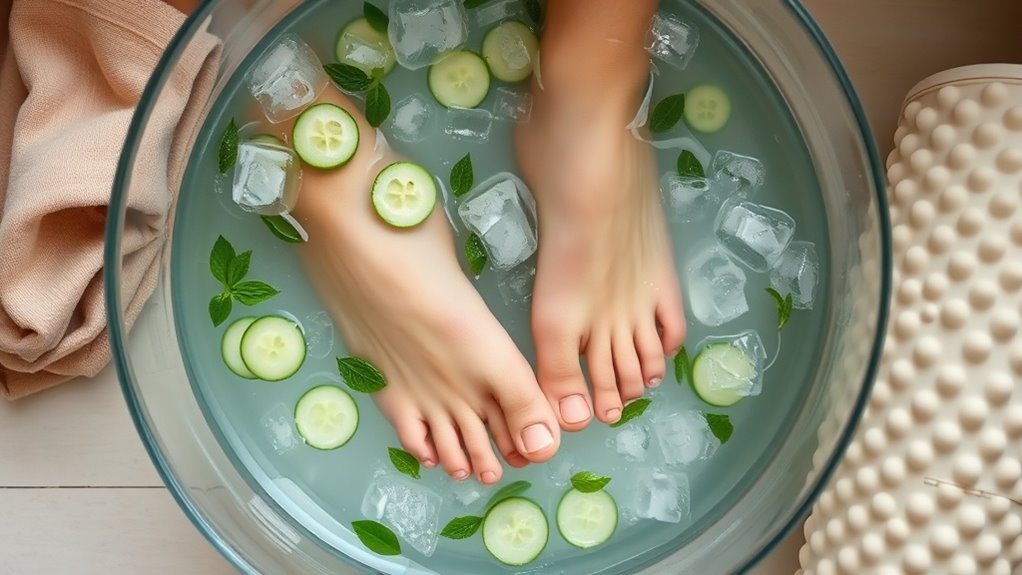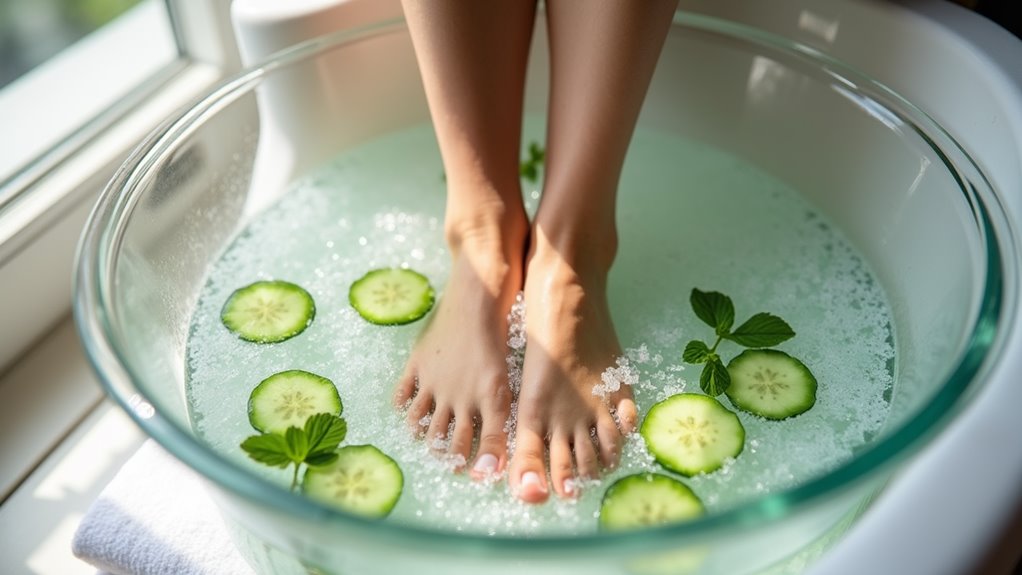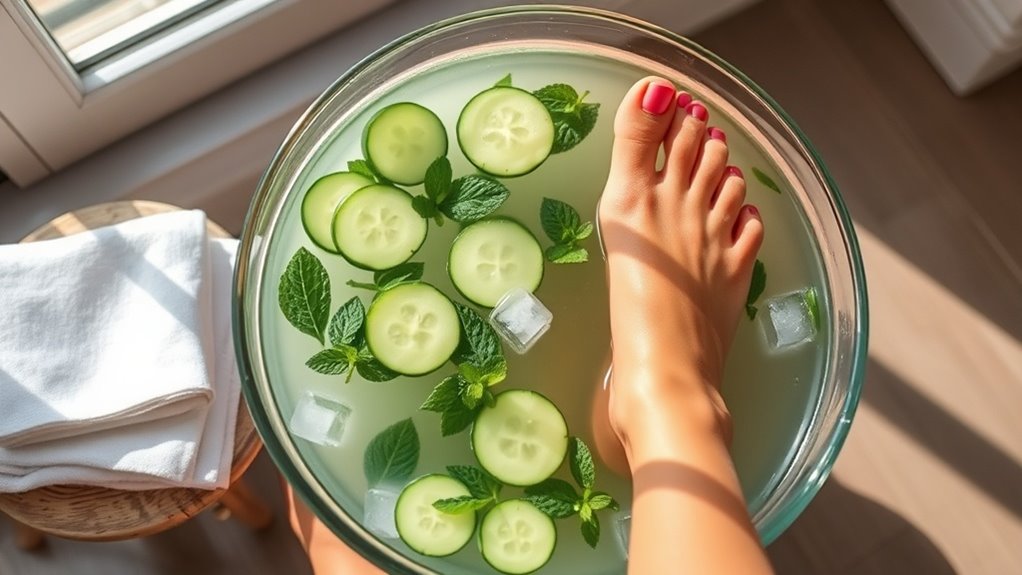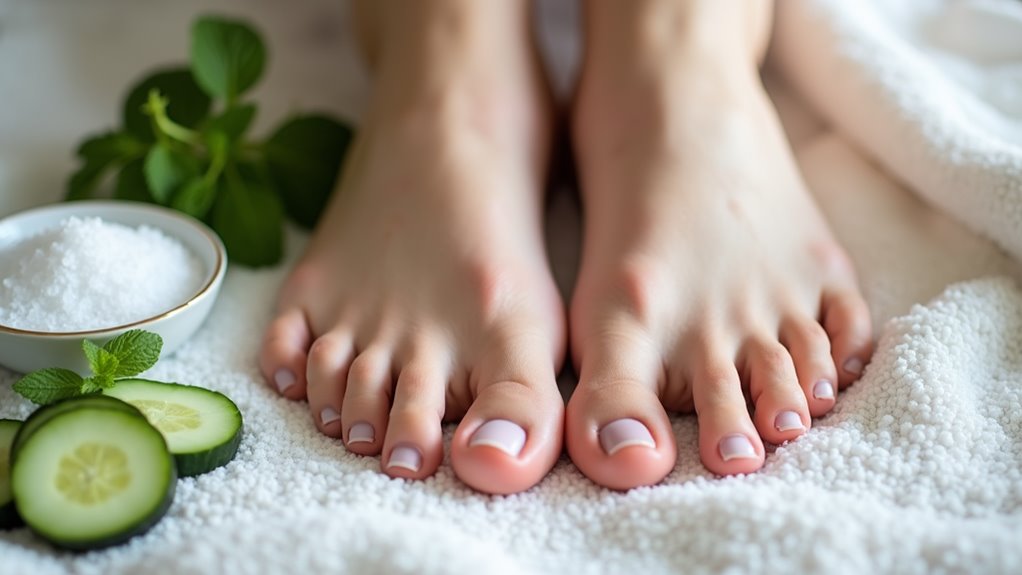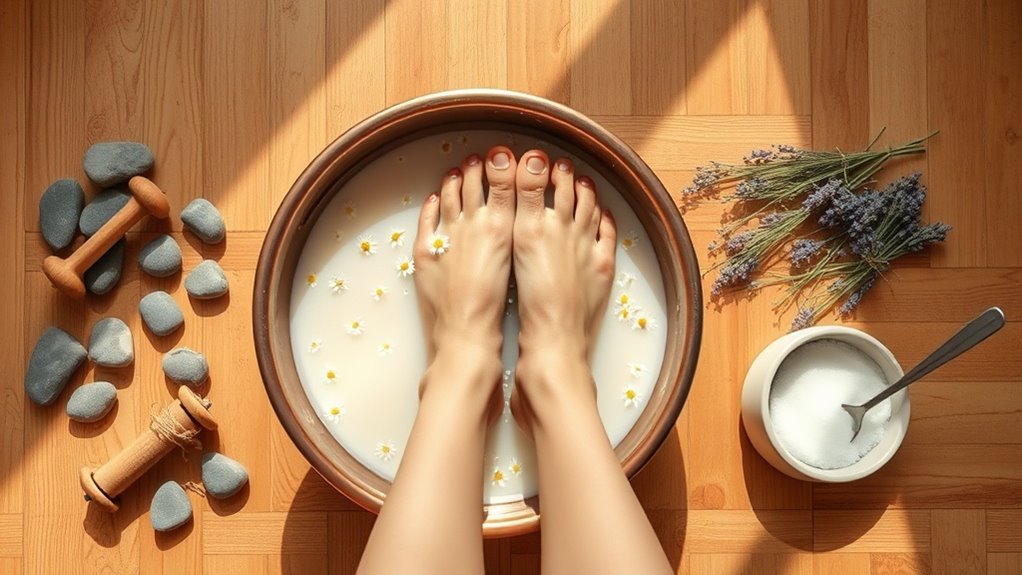Swollen Feet Remedies That Actually Help
If you’re experiencing swollen feet, you’ve likely encountered one of the body’s most common circulatory challenges. Your feet’s complex network of blood vessels, lymphatic channels, and interstitial spaces can become overwhelmed, leading to fluid accumulation and discomfort. While this condition affects millions, understanding the precise mechanisms behind pedal edema allows you to target the problem effectively. Let’s examine the evidence-based solutions that can bring genuine relief.
Understanding What Causes Swollen Feet
While many people experience swollen feet at some point in their lives, this condition, medically known as pedal edema, occurs when excess fluid accumulates in the tissues of the feet and ankles.
Before exploring swollen feet remedies, you’ll need to understand the common causes: prolonged standing, pregnancy, heart conditions, kidney problems, or venous insufficiency.
Your lifestyle choices, including high sodium intake, certain medications, and insufficient physical activity, can also contribute to fluid retention.
Additionally, underlying medical conditions like diabetes, arthritis, or lymphatic system disorders may trigger swelling in your feet and lower extremities. It’s essential to seek medical attention if you experience persistent swelling that lasts longer than 24 hours or is accompanied by severe symptoms.
Natural Home Remedies for Foot Swelling
Several natural remedies can effectively reduce foot swelling without medical intervention.
You’ll find relief by elevating your feet above heart level for 20 minutes, which helps promote venous return and reduces fluid accumulation in the peripheral tissues.
Salt reduction limits water retention, while compression socks provide graduated pressure to improve circulation.
Regular ankle exercises activate the skeletal-muscle pump, facilitating lymphatic drainage.
Cold therapy constricts blood vessels and decreases inflammation, while magnesium-rich Epsom salt soaks help draw excess fluid from the interstitial spaces through osmotic pressure. Additionally, incorporating regular physical activity can significantly enhance circulation and further alleviate swelling.
Exercise and Movement Techniques
Regular physical activity plays an essential role in reducing pedal edema through enhanced circulation and lymphatic flow. You’ll want to focus on exercises that activate your calf muscle pump mechanism and promote venous return.
| Exercise Type | Duration | Benefits |
|---|---|---|
| Ankle Pumps | 2-3 min | Activates plantar flexion/dorsiflexion |
| Toe Curls | 1-2 min | Strengthens intrinsic foot muscles |
| Calf Raises | 2-3 min | Improves venous return |
| Walking | 15-30 min | Enhances overall circulation |
| Swimming | 20-30 min | Provides non-weight bearing movement |
For best results, perform these exercises 2-3 times daily, especially if you’re experiencing dependent edema or venous insufficiency symptoms. Additionally, regular movement helps promote circulation, which can further alleviate swelling in the feet.
Dietary Changes to Reduce Swelling
Making specific dietary modifications can greatly impact fluid retention and lower extremity edema.
You’ll need to reduce your sodium intake to under 2,300mg daily while increasing potassium-rich foods like bananas, avocados, and leafy greens. Incorporate natural diuretics such as celery, asparagus, and parsley into your diet.
Boost your magnesium consumption through nuts, seeds, and whole grains to help regulate fluid balance.
Stay hydrated by drinking 8-10 glasses of water daily, as dehydration paradoxically causes fluid retention.
Limit alcohol and caffeine consumption, as these substances can interfere with your body’s fluid regulation mechanisms.
Compression and Support Solutions
Beyond dietary interventions, compression therapy offers direct mechanical support to reduce lower extremity swelling.
The graduated pressure from compression garments promotes venous return and lymphatic drainage, effectively minimizing fluid accumulation in your feet and ankles.
- Wear medical-grade compression socks that deliver 15-20 mmHg pressure at the ankle, gradually decreasing up the calf.
- Use adjustable compression wraps during periods of increased edema for targeted pressure application.
- Select proper-fitting orthopedic footwear with built-in arch support to improve circulation and reduce dependent edema.
Incorporating additional remedies such as coconut oil treatments may also enhance overall foot health and comfort.
Lifestyle Adjustments for Prevention
While effective treatments exist for swollen feet, implementing strategic lifestyle modifications can prevent edema before it develops.
You’ll need to maintain ideal sodium-potassium balance by limiting salt intake to 2,300mg daily. Regular cardiovascular exercise improves venous return and lymphatic drainage, while periodic ankle rotations during prolonged sitting prevent fluid accumulation.
Elevate your feet above heart level for 20 minutes, three times daily, to facilitate gravitational fluid redistribution. Stay hydrated with 2-3 liters of water daily, avoid prolonged heat exposure, and choose supportive footwear that doesn’t constrict circulation around the metatarsal region.
When to Consult a Healthcare Provider
Although mild foot swelling can often be managed at home, certain symptoms warrant immediate medical attention.
If you experience any of these symptoms alongside swollen feet, don’t delay seeking professional evaluation.
-
Severe, sudden swelling in one leg accompanied by warmth, redness, and pain – which may indicate deep vein thrombosis.
-
Shortness of breath or chest pain combined with bilateral foot edema – potentially signaling congestive heart failure.
-
Persistent swelling that doesn’t improve with elevation, especially when accompanied by fever or skin discoloration suggesting infection or systemic conditions. Proper footwear can also play a crucial role in managing swelling.
